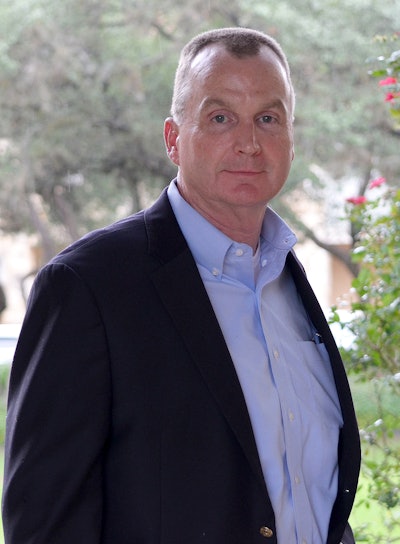
Mental health conversations are more prevalent in business today and it is a topic that needs the full attention of business leaders.
Fifty million Americans currently have a mental illness, 15% of Americans had a substance use disorder in the past year and nearly 5% reported serious thoughts of suicide (Mental Health America). Unfortunately, the construction industry has one of the highest suicide rates, (CDC). These numbers leave no question that workplace safety extends beyond physical safety measures to mental well-being.
There continues to be a stigma around talking about mental health in the construction industry, but the landscape is changing thanks to the attention brought to it during the pandemic. Savvy business leaders take care of their people. The tips below can help actively support the mental well-being of employees.
[Related Content: Why is the Industry’s Suicide Rate So High?]
Be Up Front
The long, strenuous hours employees put in on a job can take its toll. However, many people do not want to talk about the stress it has on their mental health because they may feel it portrays them as weak.
Changing long-held mental health perceptions begins with up-front and honest everyday conversations. Actively listening to employees and sharing personal experiences creates an environment for them to open up. Employees look to leadership, and they set the tone by openly discussing mental health topics, encouraging employees to feel more comfortable sharing their own experiences. Leaders play a crucial role in breaking down the barriers surrounding mental health issues, encouraging open conversations in the workplace and embracing support systems.
At Skanska in Houston and North Texas, we provide mental health first aid courses. Those who volunteer to become a mental health first aider go through training about how to talk with colleagues who may need a listening ear and are given a green sticker to wear on their hard hat. The sticker is the “green light” telling employees they are trained to discuss mental health issues and life’s challenges. The training prepares first aiders to direct colleagues to any needed resources for more in-depth assistance. A simple program like this sends the message that it is okay for all of us to talk about our mental health in the workplace.
[Related Content: Contractor Recounts Suicide Attempt to Help Others]
Make Changes
Open discussions in the workplace are vital to shift workplace culture. Another major statement is establishing policies to make mental health and well-being a priority. This can include rotating mental health days or flexibility in schedules so workers can take the time needed for a doctor’s visit or therapy session.
Employee assistance programs (EAPs) are a benefit offered by many organizations allowing employees to anonymously seek mental health services or other resources for the root of the problem, such as financial and legal counseling. Physical wellness programs, such as employer-sponsored health screenings, allow employees to address their own mental health and well-being in a private setting. All these changes convey the company’s commitment to its people.
[Related Content: Ajax President Speaks Out to Prevent Suicide]
Stay Diligent
Spotting mental health and wellbeing challenges is not an easy task. However, there are dire consequences if these issues go unaddressed. When a conversation occurs, leaders must be diligent in their follow-up and take the appropriate measures, whether it is providing resources or continuing to check in on the employee once they’ve opened up. Regular conversations with staff allow leadership to recognize when something changes or is off with an employee. Training for everyone in an organization, even if they are not a mental health first aider, can help everyone recognize the signs of personal mental health or well-being struggles.
Personal stressors coupled with the numerous stressors in the workplace have many workers stretched thin. Intentionally focusing on employee mental well-being results in a happier, healthier and more engaged workforce.
[Related Content: Contractor Starts Company Mental Health Program]
 Skanska
Skanska











